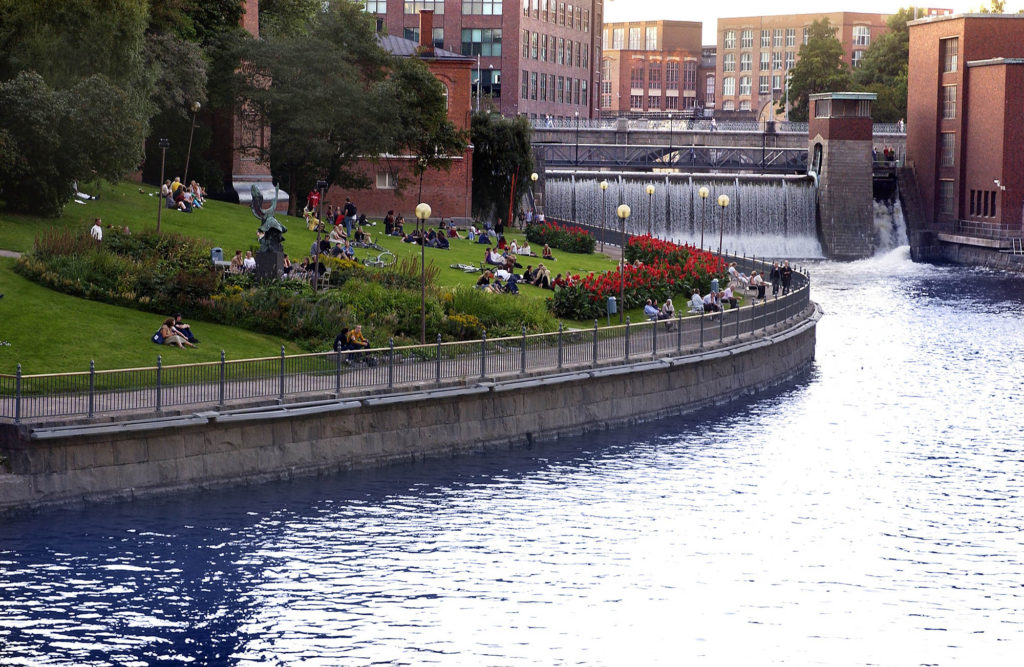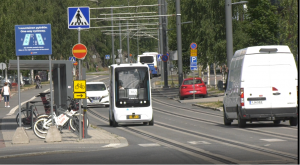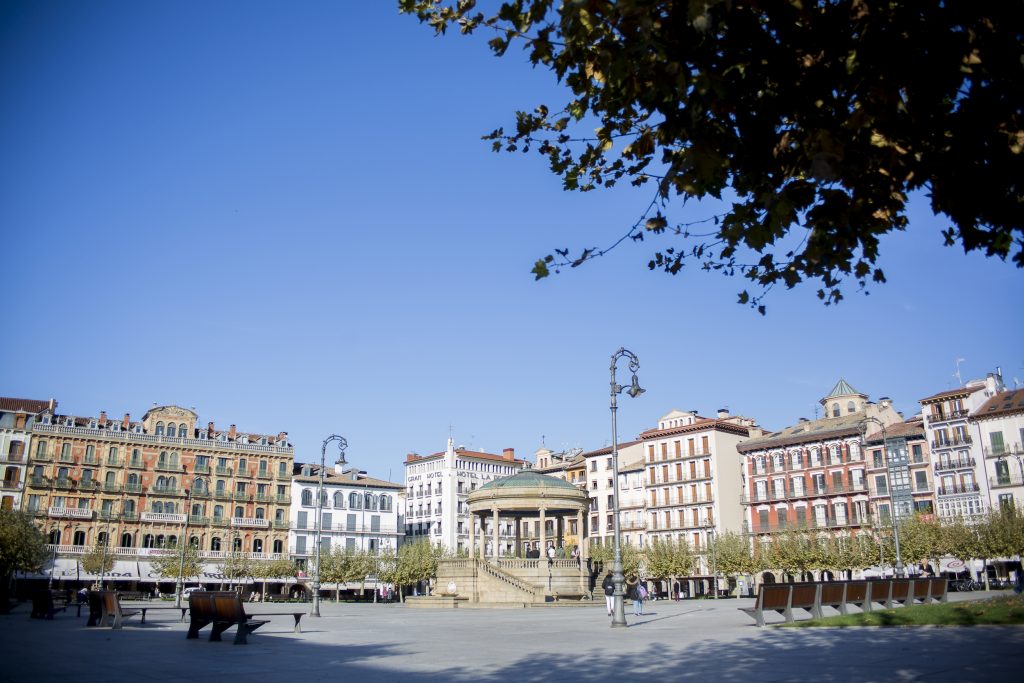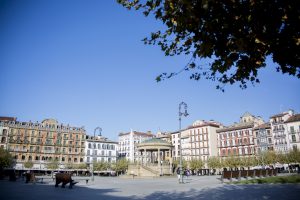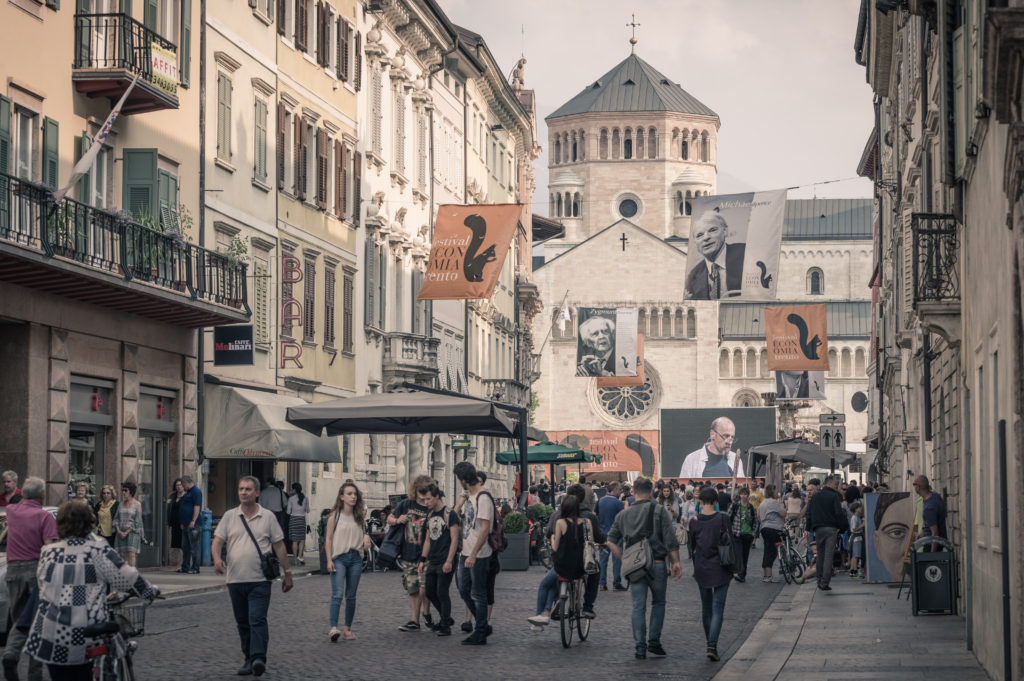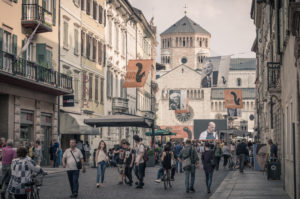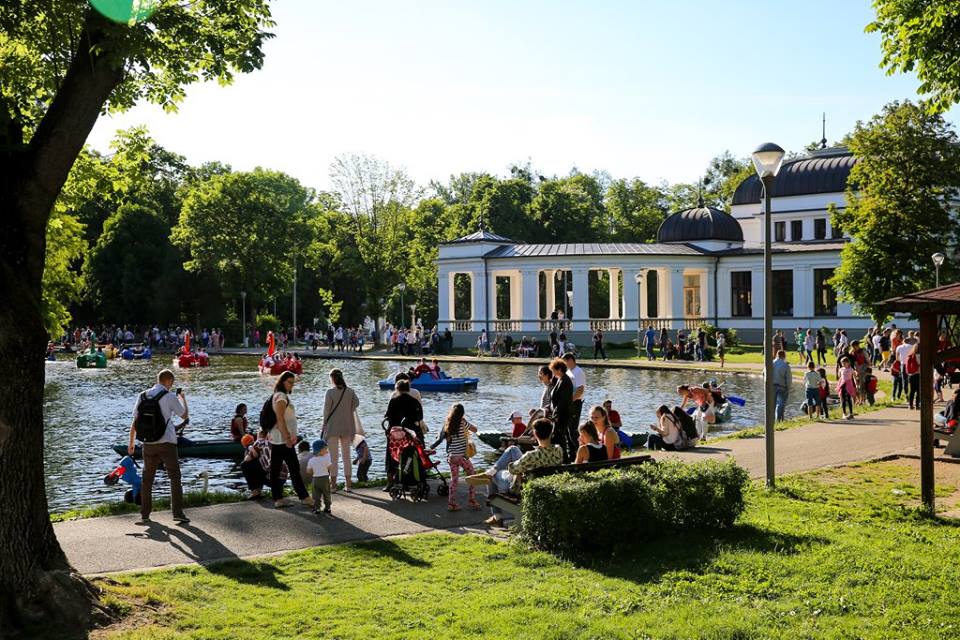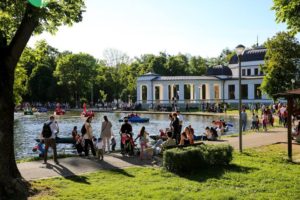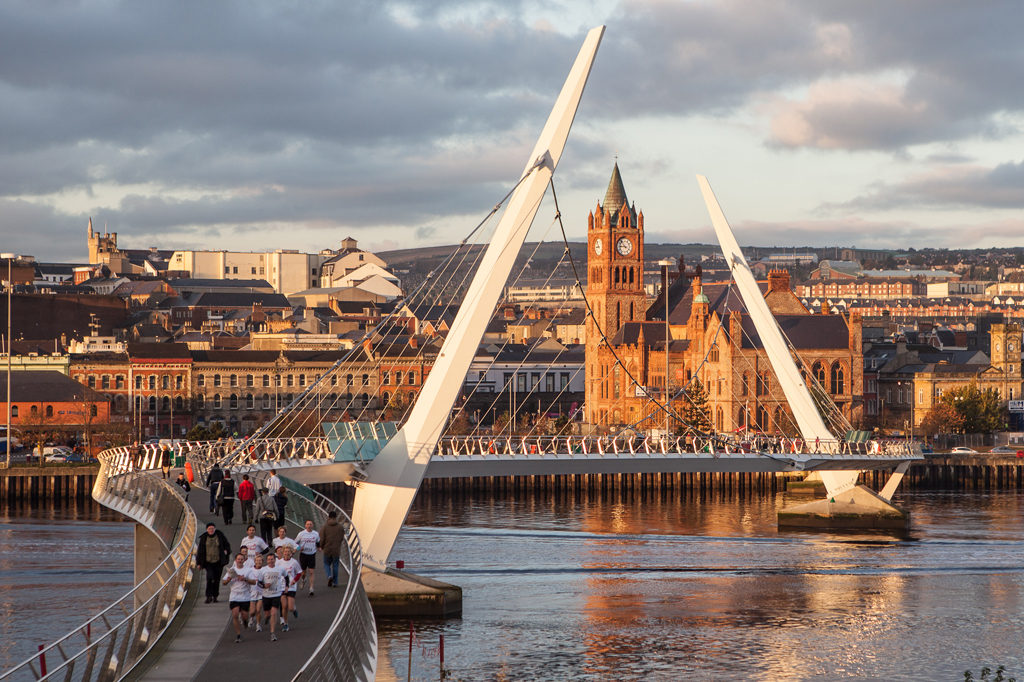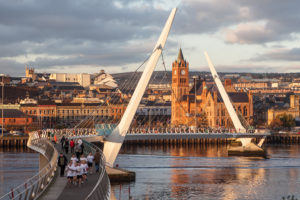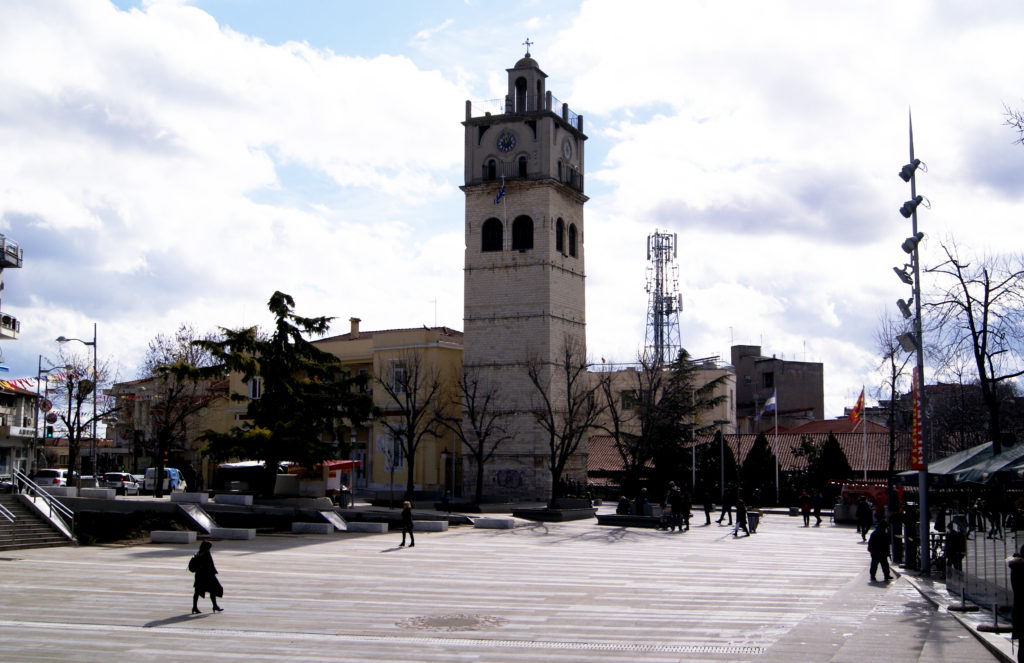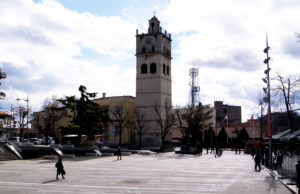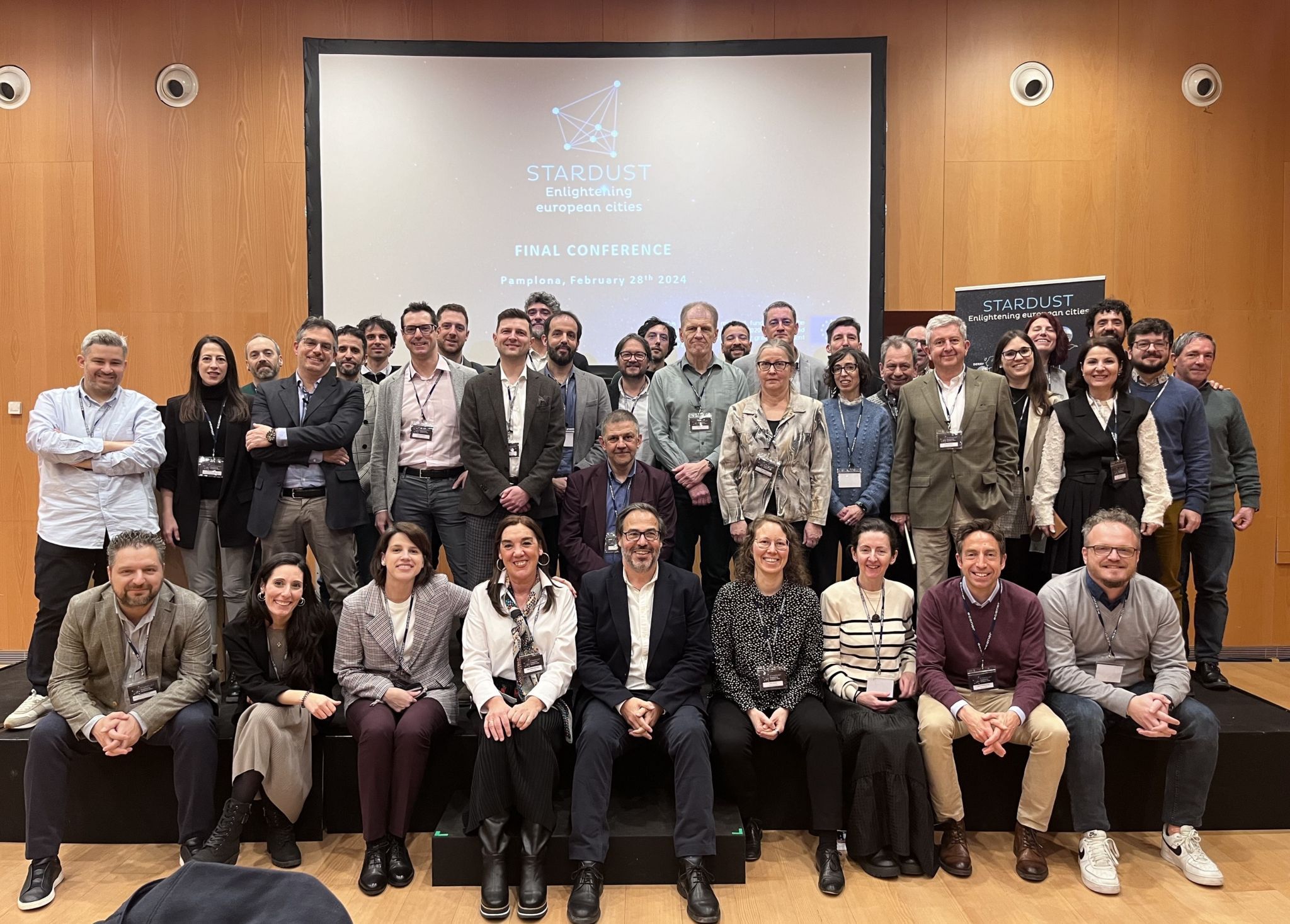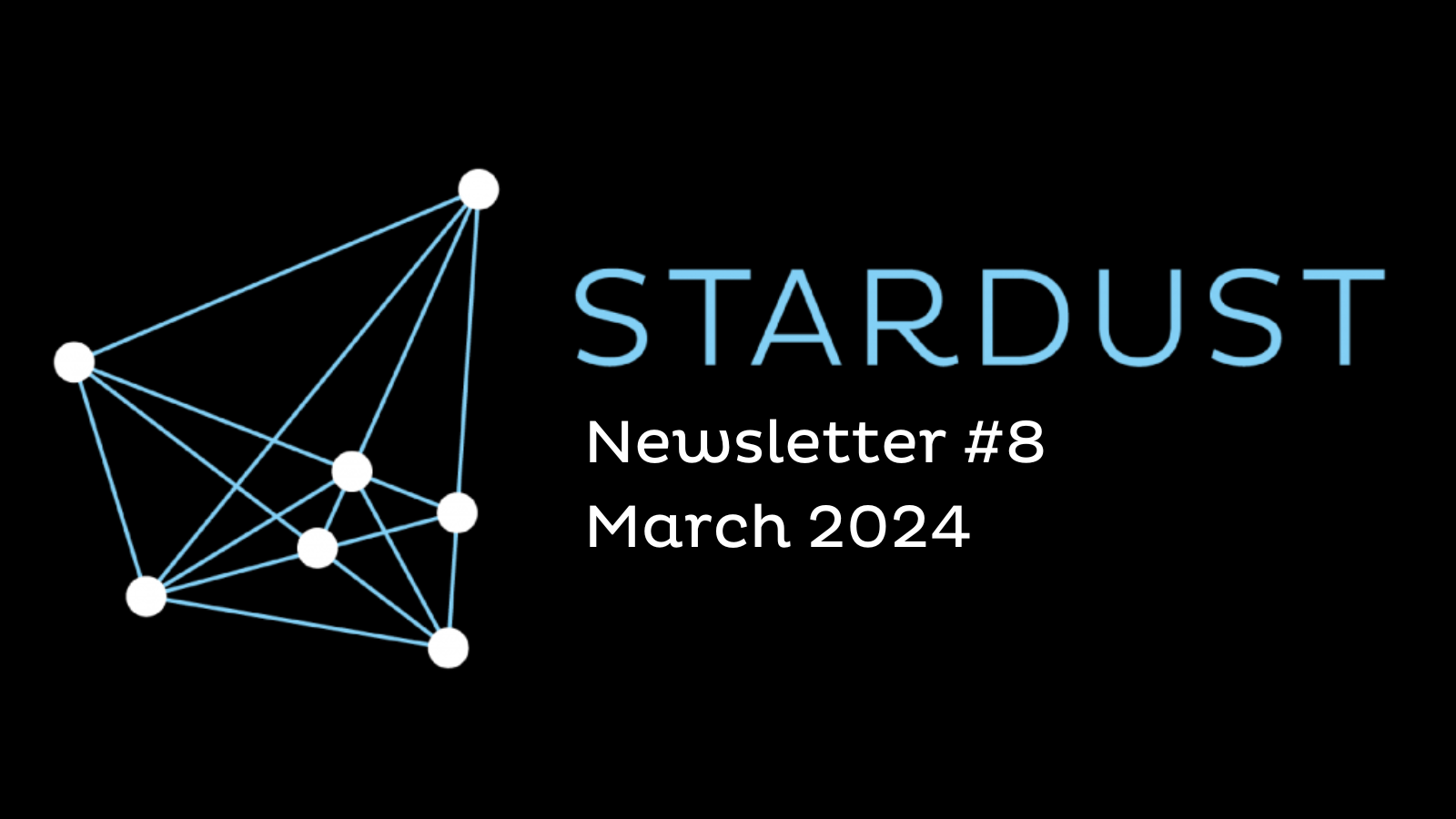Tampere, Centre of Finnish Industry
Tampere is the second largest, attractive and growing metropolitan area in Finland. It aims to be an internationally known, attractive and smart city for companies and citizens to invest on. As of the moment, the city of Tampere plays a lead role both at a European level and at a national level. These include The Open and Agile Smart Cities (OASC) initiative, and the Innovative Cities Programme (INKA). The projects formulated are based on developing smart cities solutions, renewable industry and future health care programmes. Moreover, it envisions the city to be carbon-neutral by 2030, 20 years earlier than it was initially planned.
To meet these ambitious goals, digital solutions, new business innovations and smart infrastructure have been incorporated to the lives of its citizens and to the city as a whole.
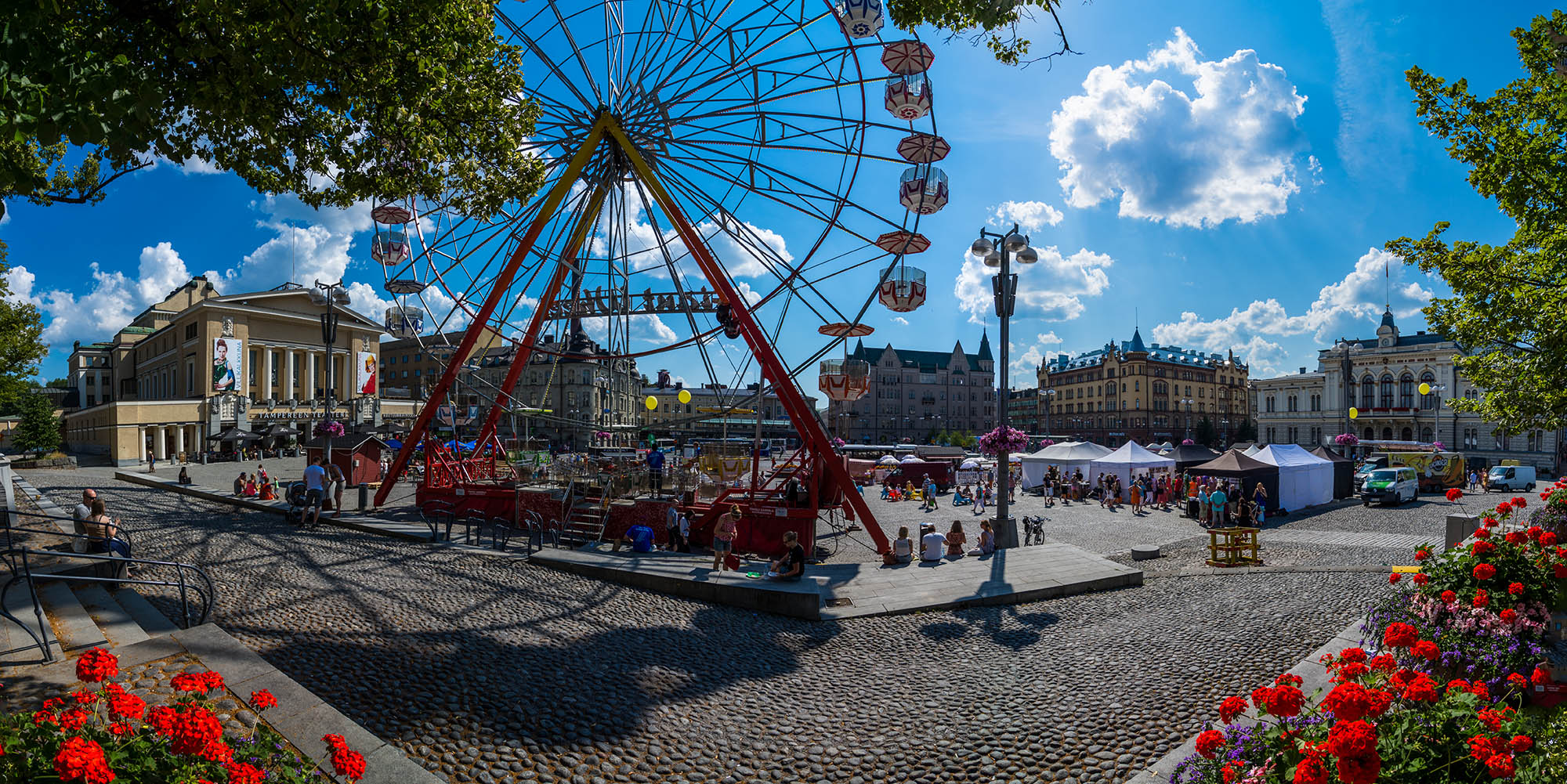
 Ota yhteyttä Tampereen toteuttajiin
Ota yhteyttä Tampereen toteuttajiin
